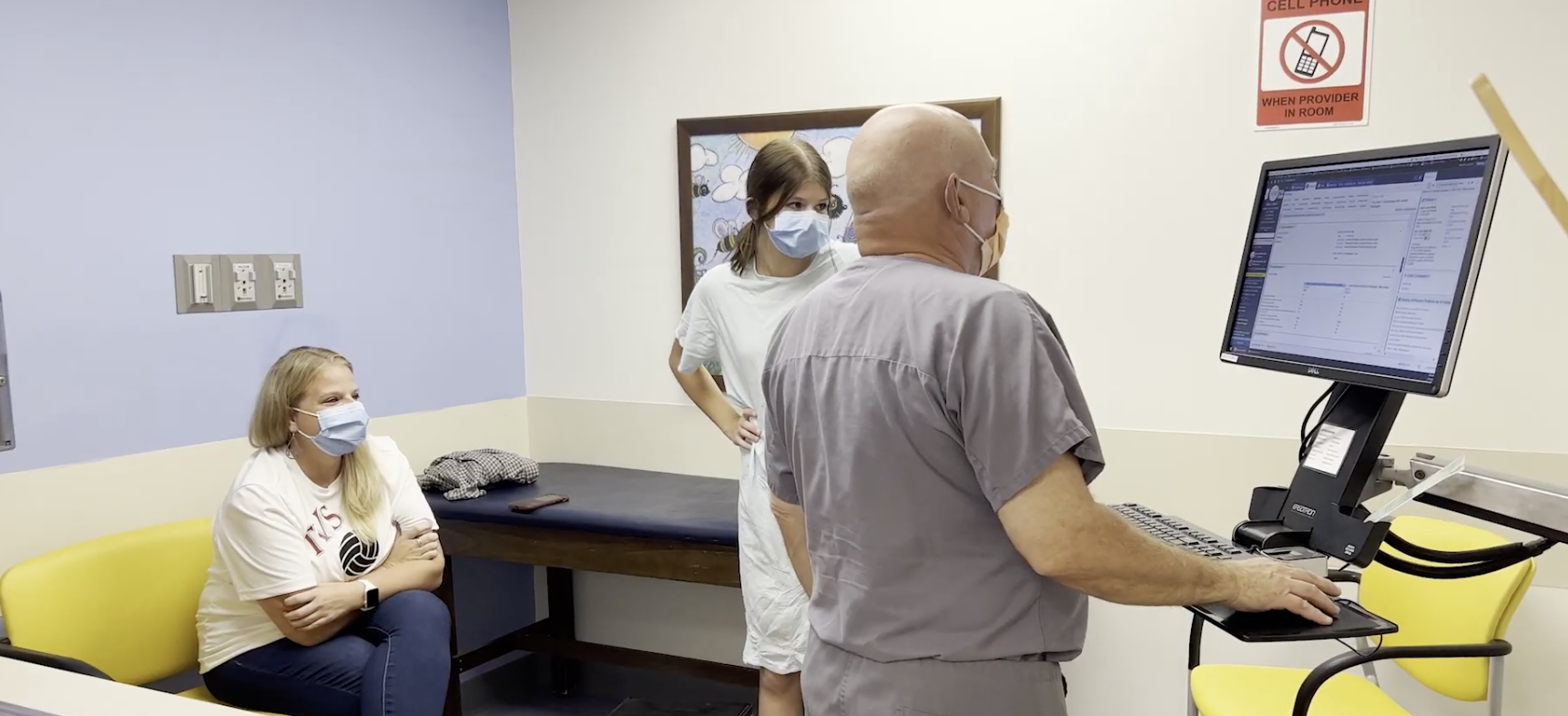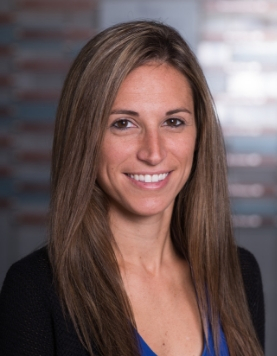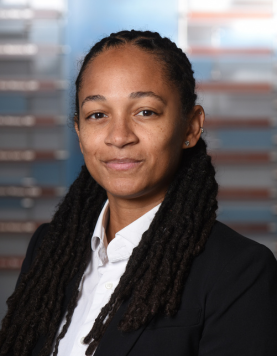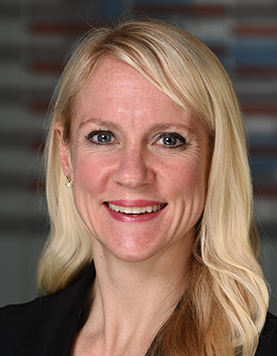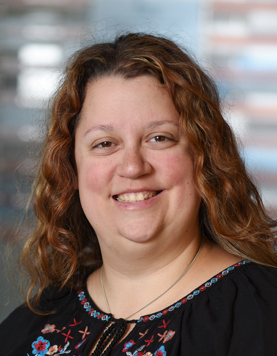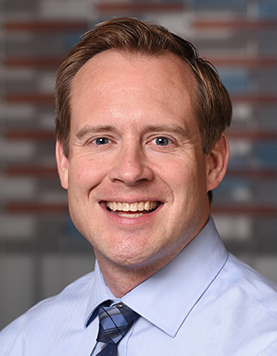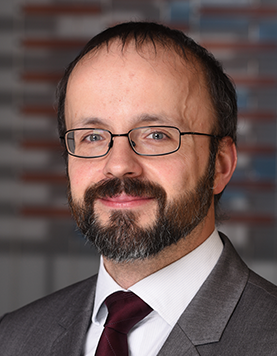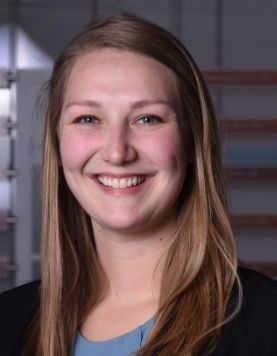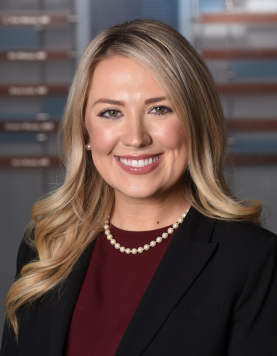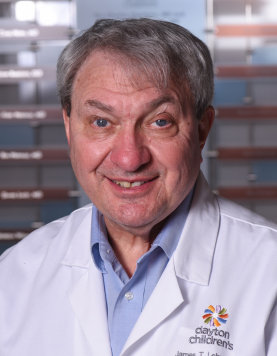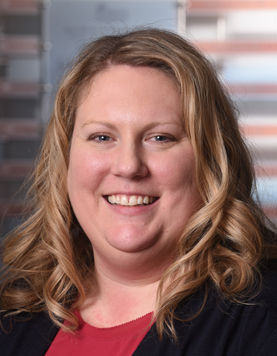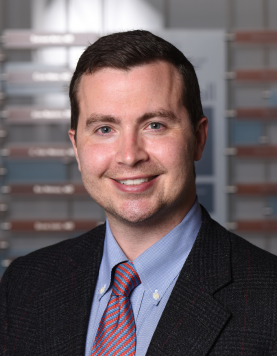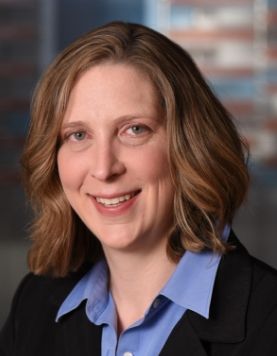When your child has a spinal condition, you want the best. That’s why the team at Dayton Children's pediatric spinal center is here to help. Learn how your child can receive the exceptional care they deserve.
what is scoliosis
Affecting more than 100,000 children in the United States each year, scoliosis, or the abnormal curvature of the spine, is just one condition that Dayton Children’s is attempting to prevent in young children.
According to the Scoliosis Research Society (SRS), “in more than 85 percent of cases, a specific cause is not known,” giving the experts at Dayton Children’s the incentive to provide children with the right care in hopes of preventing the long-lasting, negative effects of scoliosis.
In 90 percent of cases, curves are mild and do not require active treatment, but should be monitored for change. If you suspect your child has scoliosis, please contact your pediatrician or family physician. Learn more here.

types of scoliosis
Orthopedic specialists group scoliosis into a few different types. Knowing the type of scoliosis helps health care providers develop the most appropriate care plan:
- Idiopathic scoliosis. This is the most common type of scoliosis. Kids can get it at any age, but most of the time it happens around puberty when a child goes through a growth spurt. Experts don't know exactly why this type of scoliosis develops, but it runs in some families.
- Congenital scoliosis. This type of scoliosis happens when something goes wrong with the way some of the vertebrae developed while a baby was in the womb. The problem might not be noticed until a child goes through a growth spurt, usually around age 2 or between 8 and 13.
- Scoliosis is caused by a medical condition. Some kids develop scoliosis because they have a long-term medical problem that affects the muscles or skeletal system. For example, kids with muscular dystrophy, cerebral palsy, Marfan syndrome, or osteogenesis imperfecta may get scoliosis. Kids who have had tumors or growths on their spine may also develop scoliosis.
how is scoliosis treated?
Small curves usually don't cause problems. But a curve that gets worse can be bad for a person's health. Very large curves can damage the joints and cause arthritis of the spine. Large curves can make the ribs rub against the pelvis, causing pain. Someone whose spine curves a lot might get lung problems. If it looks like scoliosis could cause health problems, doctors will treat it with a back brace to prevent it from getting worse. In some cases, kids need surgery.
surgery
We offer pioneering surgery options to improve spinal deformity and correction such as ApiFix and Band Loc procedures. Our goal is to reduce pain, decrease hospital stays and speed up recovery. Learn more.
rehab
As part of our spinal and scoliosis program, we offer a therapy program called Scolio-Pilates. This exercise program combines pilates movements with therapy exercises to help:
· Elongation of the spine and posture
· Corrective breathing techniques
· Corrective placement toward spinal neutral
· Strengthening

